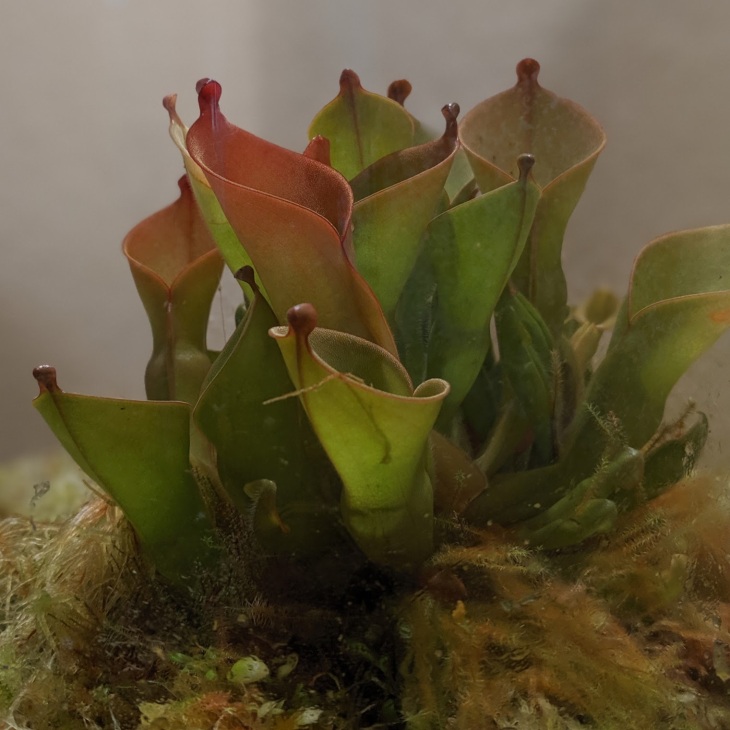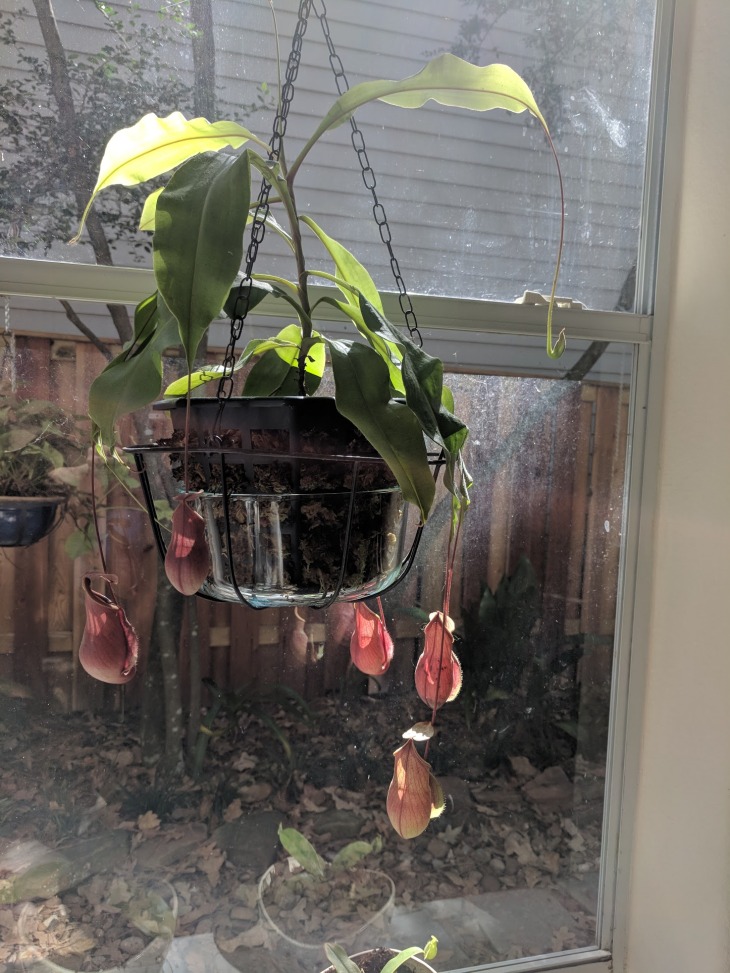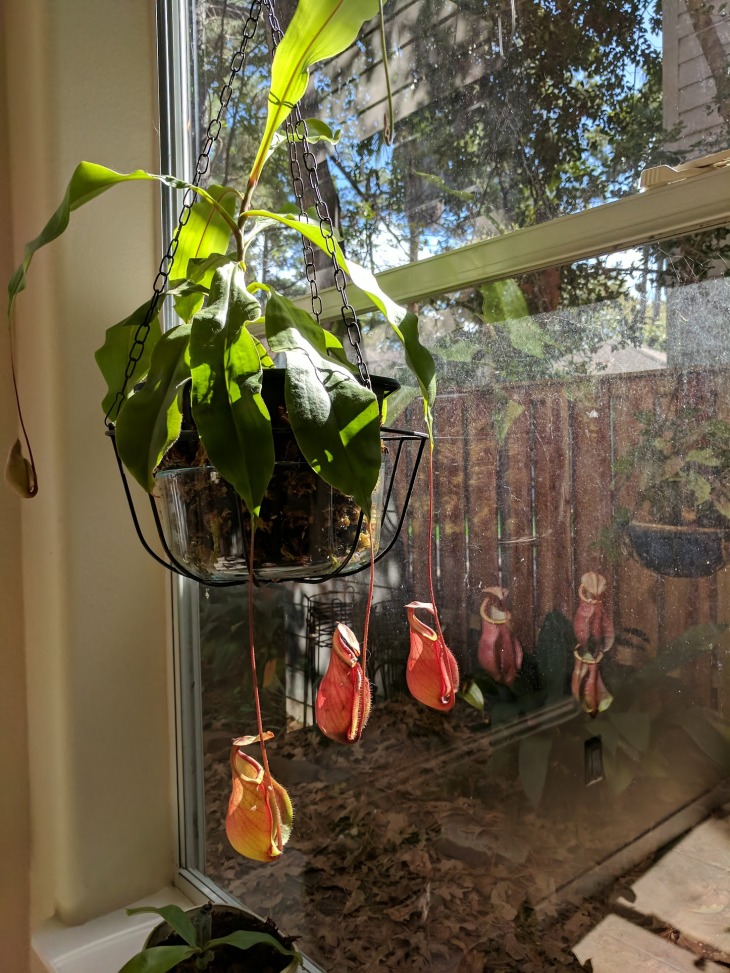Carnivorous plants consume animals for mineral nutrients that enhance growth and reproduction in nutrient-poor environments. Here, we report that Triantha occidentalis (Tofieldiaceae) represents a previously overlooked carnivorous lineage that captures insects on sticky inflorescences. Field experiments, isotopic data, and mixing models demonstrate significant N transfer from prey to Triantha, with an estimated 64% of leaf N obtained from prey capture in previous years, comparable to levels inferred for the cooccurring round-leaved sundew, a recognized carnivore. N obtained via carnivory is exported from the inflorescence and developing fruits and may ultimately be transferred to next year’s leaves. Glandular hairs on flowering stems secrete phosphatase, as seen in all carnivorous plants that directly digest prey. Triantha is unique among carnivorous plants in capturing prey solely with sticky traps adjacent to its flowers, contrary to theory. However, its glandular hairs capture only small insects, unlike the large bees and butterflies that act as pollinators, which may minimize the conflict between carnivory and pollination.
A new carnivorous plant lineage (Triantha) with a unique sticky-inflorescence trap










You must be logged in to post a comment.